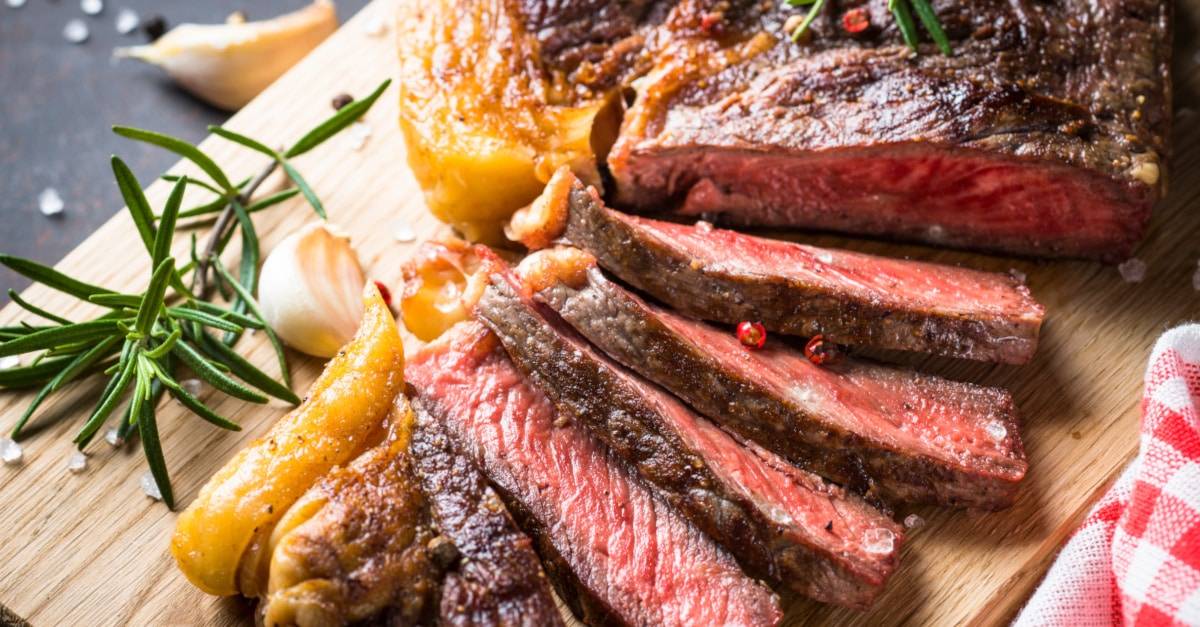Discover the Power of Digital Wealth Management, Seamlessly - with Altoo. Platform Preview.
We reveal the secrets to creating the perfect roast beef. Enjoy every bite. Bon appétit!
Step 1: Select the Best Cut
Start with a prime cut of beef. Rib roast, tenderloin, or a standing rib roast are perfect candidates. Find a local prime butcher you trust who understands the intricacies of each cut. Aim for a well-marbled cut-the interspersed fat in the meat provides juiciness and flavor.Step 2: Season Simply but Effectively
Great roast beef doesn’t need an elaborate medley of seasonings. Stick with good quality sea salt and freshly ground black pepper. For an upscale twist, add a blend of aromatic herbs such as thyme, rosemary and garlic. Remember, the star of the dish should be the beef itself. Allow the seasoning to penetrate the meat by letting it rest at room temperature for at least an hour before cooking.Step 3: Sear Before You Roast
By searing your beef before roasting, you create a deliciously crispy and flavorful exterior while sealing in the juicy, tender interior. Make sure your pan is extremely hot, lightly oiled, and your beef is patted dry.Step 4: The Right Temperature
Low and slow is recommended. This not only ensures tender roasting, but also minimizes the risk of overcooking. Preheat your oven to 275°F (135°C). For medium rare, aim for an internal temperature of 130°F (54°C), and for medium, aim for 140°F (60°C). Use a meat thermometer to ensure accuracy and prevent overcooking; a general rule of thumb is to cook beef at 135°C (275°F) for about 15-20 minutes per 0.45 kg. For medium roast beef (internal temperature of 60°C or 140°F), aim for 20-25 minutes per 0.45 kg.Step 5: Resting is Crucial
After removing from the oven, let your roast rest for 15-20 minutes, loosely covered with foil. This resting period allows the juices to redistribute, resulting in a juicier and more tender roast.Step 6: Pair It Perfectly
A bottle of full-bodied quality appellation red wine, such as a Cabernet Sauvignon or Barolo, is the perfect accompaniment to your roast beef. Balance the meal with a side of creamy mashed potatoes, roasted vegetables or a bright green salad.Step 7: Carve Correctly
The final step is to carve your roast against the grain. This breaks up the muscle fibers, making the meat tender and easier to chew. Use a sharp knife to make clean, even slices that show off the beautiful marbling and preserve the integrity of the meat.Altoo: Secure Swiss Professional for Consolidated Assets and Document Management. Platform Preview.








